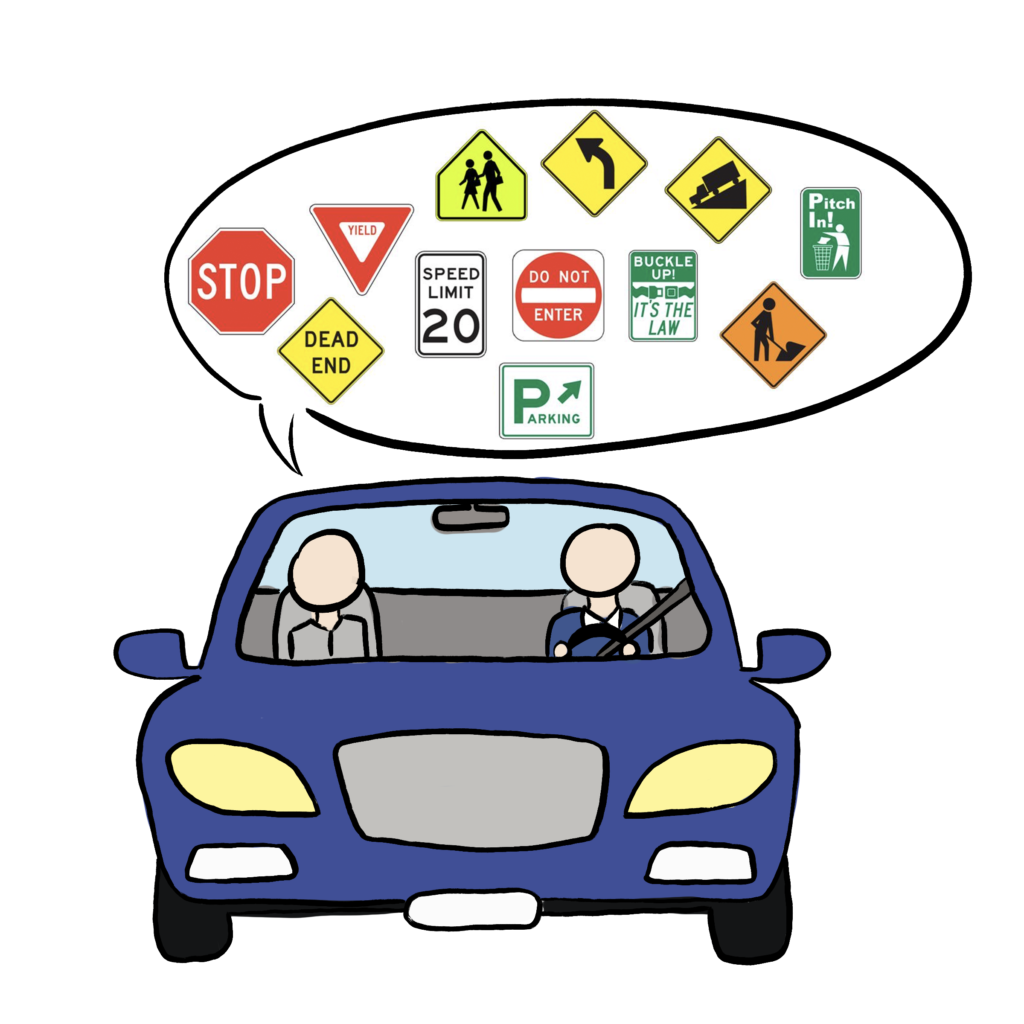Filling their cheat sheets from corner to corner with barely legible writing, freshmen transcribe the entirety of the California Driver’s Handbook to use on their driver’s education exams in health class. With this crutch on every test, students often don’t fully memorize the information.
Two years later, when they are eligible for a learner’s permit, the cheat sheets are gone, and they must relearn the materials.
Driver’s education is a half-semester-long course covering the basic rules and guidelines of driving. It is intended to help students pass the 46-question multiple-choice test for their learner’s permit at the Department of Motor Vehicles and begin driving lessons. Six months after receiving their permit, students are eligible to take the behind-the-wheel exam for a driver's license.
Teens are only allowed to take their permit test past the age of 15 1/2, yet the students in the freshman class are usually 14 or have just turned 15. Additionally, according to analytics from the Federal Highway Administration, only about 61 percent of 18-year-olds and a mere 26 percent of 16-year-olds in the U.S. had managed to get their driver’s license in 2018. Because only some teens choose to get their licenses in high school, it does not make sense to require the use of valuable instructional minutes to teach driver’s education.
Most high schools in the area, including Los Gatos High, do not offer driver’s education as a course, and students take the class outside of school on their own time.
Instead of requiring students to take driver’s education, the school should eliminate this part of the curriculum altogether and simply let driving schools teach it. This way, students who are planning to get their permits during high school can simply take the class outside of school whenever they are ready. On the other hand, students who don’t plan to get their permits any time soon don’t have to waste their time learning material that won’t be of any use to them.
Currently, driver’s education is combined with the semester-long health course. In place of one and a half months of driver’s education, teachers could discuss the vital health topics more deeply.
This extra time can help more fully cover mental and physical health as well as topics like how to help a friend with depression or suicidal thoughts. In the meantime, learning the rules of the road can wait until they’re actually old enough to begin to drive.


























